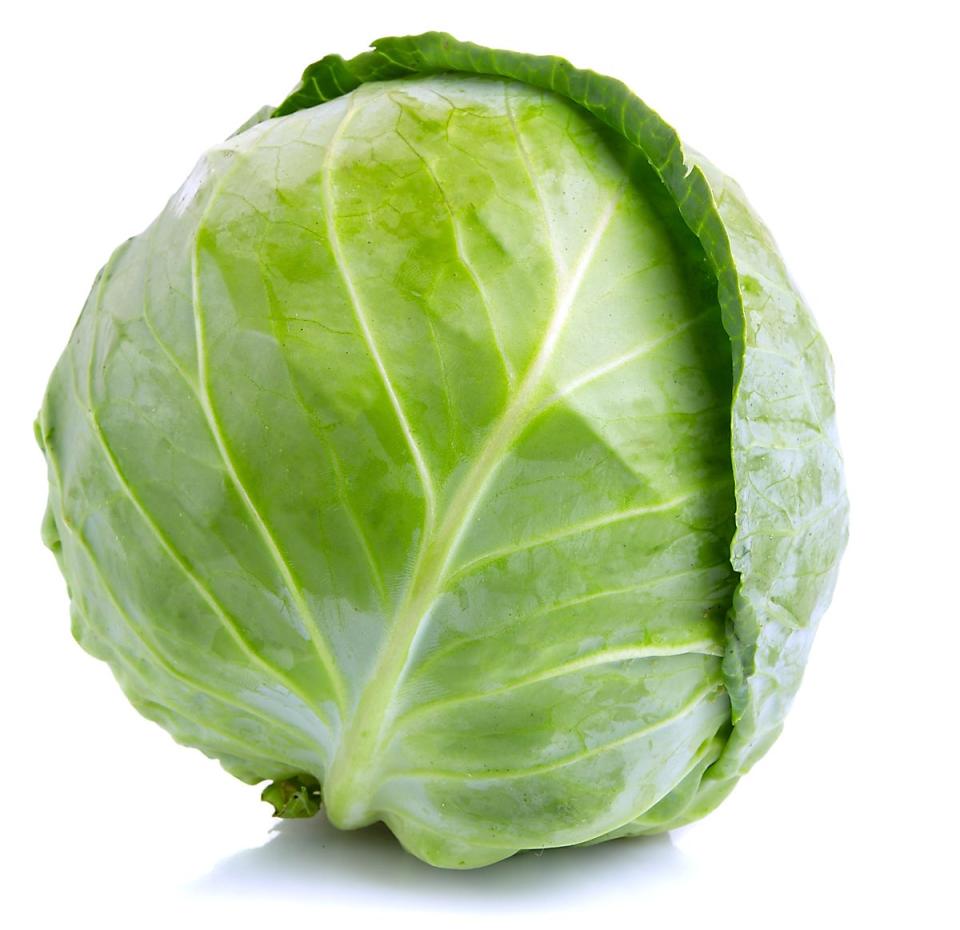Master Gardener: Part III on Rosedown Plantation

More pages from the Rosedown Plantation Gardening Diary
After 1861 life at Rosedown Plantation was never the same. The Civil War broke out in April, followed by the death of Daniel Turnbull (husband of Martha), followed by the Federal Troops invading New Orleans. The war and widowhood threw Martha Turnbull’s world in complete turmoil.
There was only one entry in her garden diary in 1862 and three brief in 1863, March 1: “Planting every vegetable.”
There was no time or luxury to write in the diary. By January 1864 Martha sensed a light at the end of the tunnel so she tried to reclaim her garden from several years of neglect. There are new people working in the garden. She titled them as Mr. or Mrs.
1864
January — up to this time the Federals landed in May — neither field or garden had been worked. The garden is a wilderness, sedge grass. It looks melancholy — my vegetable garden being plowed—– I have commenced work, but slowly – before Christmas I put out trees — fixed the hot bed — and filled it with Pine.
February — Most beautiful weather. Divided my Shallot Onions — spaded up the asparagus bed.10th six women burning off grass plots — sweeping and taking up leaves — the weather is beautiful and charming — spring like.
18th I feel quite like gardening.

19th a change and it now is snowing like the north — cleaning the flower and vegetable gardens22nd corn up — cabbage plants have three leaves — more pleasant.
March 7 — I had 1617 pots for the greenhouse and despite the war there were 1617 now.
The garden is looking much better — putting out Japonicas from greenhouse. Burning off beds — many plants were killed. (This is the first mention of a controlled burn getting out of hand and damaging nearby vegetation).
July 1st – I planted this year 2 rows tomatoes — plenty — 4 rows cantaloupes — 6 rows ice rind melon — 4 rows orange melon — 1 row squash — 2 rows black snaps — 2 rows bunch beans — 2 rows white snaps — 2 rows lady peas — 2 rows whippoorwill peas — 2 rows winter squash — ½ row black turtle peas — 8 rows in James Orchard of ocra.
September — Put down more strawberry plants, beets, carrots, salsify, cabbage, spinach, lettuce, turnips, leaks, onions, parsley, mustard, and cleaning up what I can do, budded 20 trees: all took. Leaks put down, put out all bulbous roots, and sewn some flower seed, a continuation of rains, giant mustard seeds sewed also all the other kinds of mustard.
1865
March 13th first time I sewed cantaloupe — An article in the September 1865 “Horticulturalist” discusses the evolution of the melon and its newer varieties. The old-fashioned muskmelon. Possessed and uncertain quality, according to the author, and has been superseded by the cantaloupe, “still one of the most esteemed throughout Europe, though reckoned in this Country, but second rate.” The fruit was named for a town 15 miles from Rome, where it has been cultivated for centuries.
The balsam. Apple (Momordica balsamin) is cultivated primarily as an object of curiosity, and for its fruit, which is considered excellent, by those who are in the habit of using it, and for curing wounds. The 1842 “Southern Farmer and Market Gardener” describes the plant as a great runner, and will cover a trellis 12 or 15 feet high… The apples are sometimes 12 to 15 inches in length, of a rich orange color, and on an Arbor or trellis, present a beautiful appearance. They are used in making pickles, and for the purpose, must be picked when from 2 to 4 inches in length… They may be grown in a bottle by inserting them in it when young, tying the bottle by the neck to the trellis, that the fruit may hang loosely in the inside, and when large enough, cut out the stem; It thus presents a singular appearance.
Pindar is a name for the ground pea, also known as the ground nut or the peanut. She writes that although the plant does not exactly belong to the kitchen garden, a few hills should be allowed a place for the sake of the Little Folks. A native of South America, the plant was brought first to Africa and from there to the United States. It was one of the few plants which ripen seed underground…. The seed of the ground pea abounds in a fine oil, which is sometimes expressed for table purposes. This oil renders a very valuable crop for fattening hogs, being for this purpose fully equal to, and probably better than corn.
More to follow of Martha’s diary writings.
Susan La Fountaine is a Master Gardener with the Ohio State University Extension Offices in Sandusky and Ottawa Counties
This article originally appeared on Fremont News-Messenger: Master Gardener: Another visit to Rosedown Plantation in 1860s

